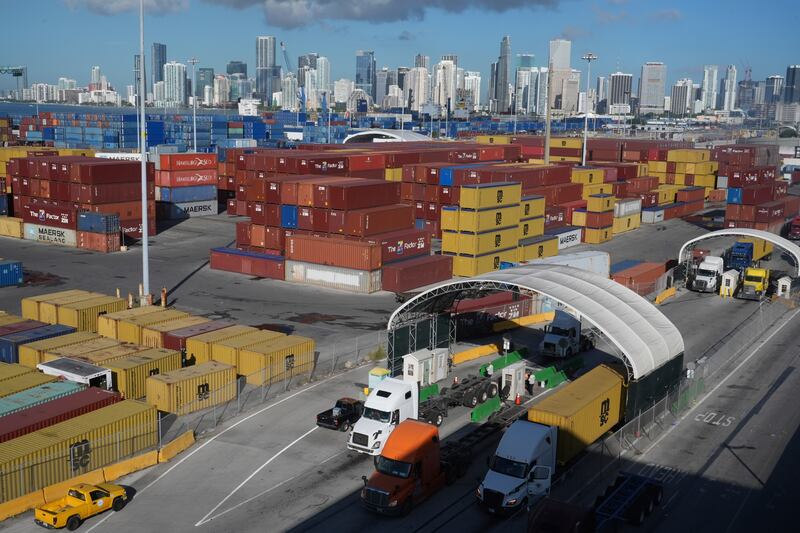Last Sunday, President Donald Trump teased in a post on Truth Social the idea of paying low- and middle-income Americans $2,000 from tariff revenue. On Wednesday, press secretary Karoline Leavitt confirmed that Trump and his team of economic advisers are seeing if it’s feasible, but there is no current timeline.
“People that are against Tariffs are FOOLS!” Trump wrote. He then described how well he believes the American economy is doing — inflation is down, the stock market is doing well and the federal government is paying down its debt, he wrote. He concluded, “A dividend of at least $2000 a person (not including high income people!) will be paid to everyone.”
In the Oval Office the next day, he confirmed to the media that he really is considering sending $2,000 to low- and middle-income Americans as tariff dividends.
Are tariff dividends actually feasible?
Treasury Secretary Scott Bessent told ABC News on Sunday that the tariff dividends “could come in lots of forms and lots of ways.”
Though he hadn’t spoken with Trump about his plan yet, Bessent said, “It could be just the tax decreases we are seeing on the president’s agenda — no tax on tips, no tax on overtime, no tax on social security, deductibility of auto loans."
Between the beginning of 2025 and the end of October, the federal government had collected $309.2 billion in tariffs, which is a little more than double what it did in 2024, according to Politifact.
Erica York, vice president of the nonprofit Tax Foundation, responded to Trump’s suggestion on X, saying she believes the “tariff and rebate scheme would increase the national debt.”
Depending on how it’s structured, giving dividends as Trump has proposed could cost $600 billion, the nonprofit organization Committee for a Responsible Federal Budget said.
If they are conducted annually, the committee said the initiative would increase the debt by $6 trillion over the next decade, which is about twice as much as U.S. tariffs are predicted to bring in.
The national debt currently sits at $38 trillion, and it reached its fastest-ever $1 trillion increase outside the COVID-19 pandemic last month.


